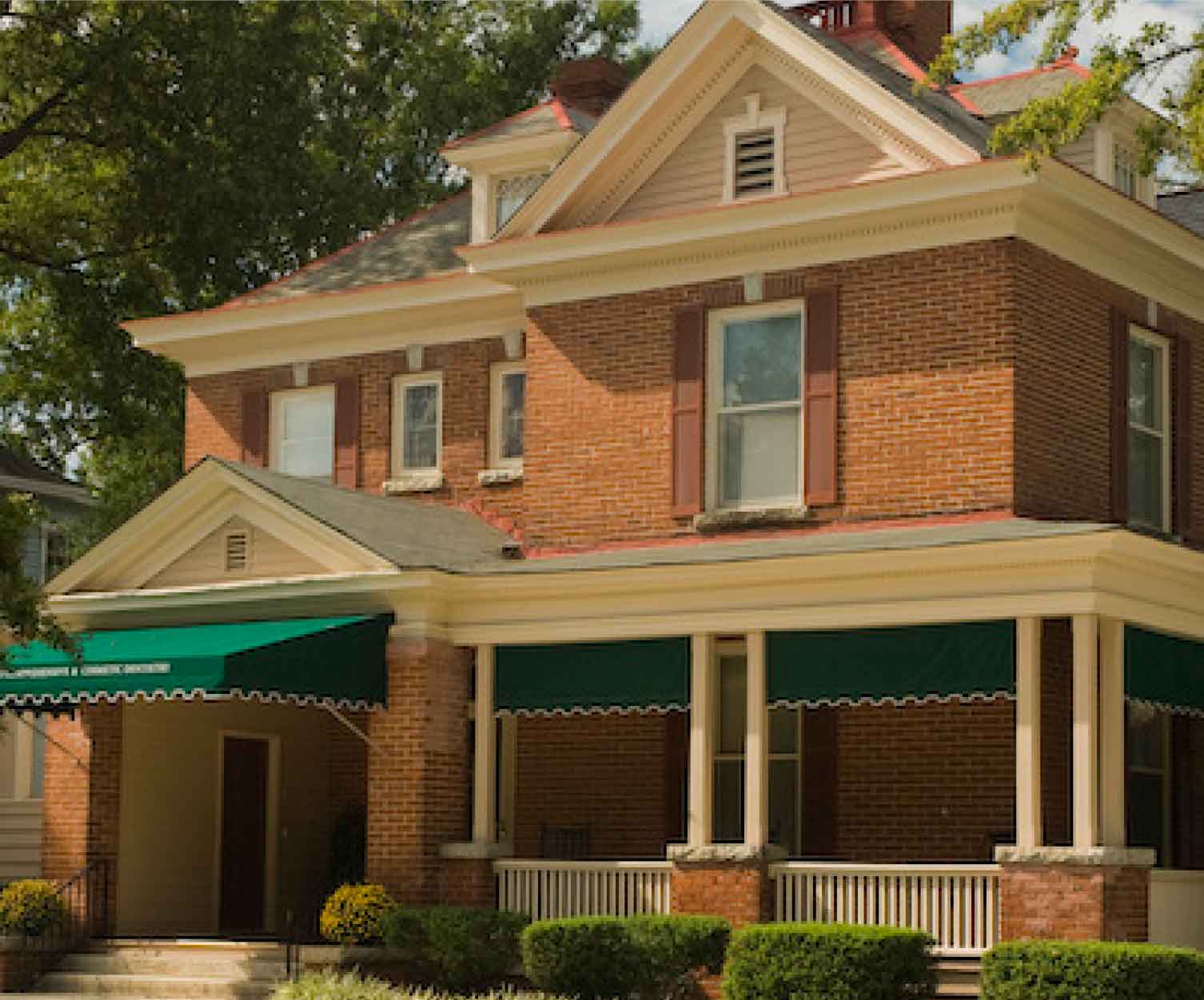Dental Implants – Raleigh Owes Thanks to Mayans and Swedish
Dental implants have grown more popular because we know so much more about how to ensure success with them. Functionally and cosmetically, they’re as close to the “real thing” that we offer today.
Few of my patients know what it took to get to the current state of the art – or how long it’s been since the earliest attempts. The earliest evidence we have dates back to the Mayan civilization about 600 AD. A young woman exhumed in a 1930s archaeological exploration had three implanted teeth, which everyone assumed were inserted after her death. That practice – replacing teeth after death – dated back to the ancient Egyptians. In 1970, a professor analyzing the Mayan woman’s teeth used x-rays to show that bone had actually grown back around two of the dental implants – evidence that they had been placed while she was still living!
It took a lot of additional trial and error to get where we are today. In the 1700’s, they tried implanting human teeth – those were early lessons in transplant rejection by the human body. In the 1800’s, a lot of experimentation with gold and platinum dental implants occurred – with very limited short-term success.
Like many revolutionary discoveries, the person who is credited with the biggest advance was not someone who set out to develop dental implants. It was a Swedish orthopaedic surgeon (Per-Ingvar Brånemark) who had screwed titanium chambers into bone to observe the bone-healing process as part of his 1950’s research effort. He was surprised to discover that the optical chambers couldn’t be unscrewed when he completed his studies several months later! Bone had fused around the titanium screw inserts.
Fortunately for the world of dentistry, he used his surprise finding (bone fusing with metal) to redirect his focus onto developing titanium dental implants. After all, it was easier to clinically observe implants in the mouth than it was to do so internally (in joint and bone repairs). Decades of additional research by Brånemark and his team proved the viability of titanium screw dental implants and very high success rates. While the idea of using metal screws for dental implants dates back to research at Harvard University in the 1930’s, patients in Raleigh can look outside the U.S. for the earliest successes (the Mayans) and the most revolutionary advances (Sweden).



